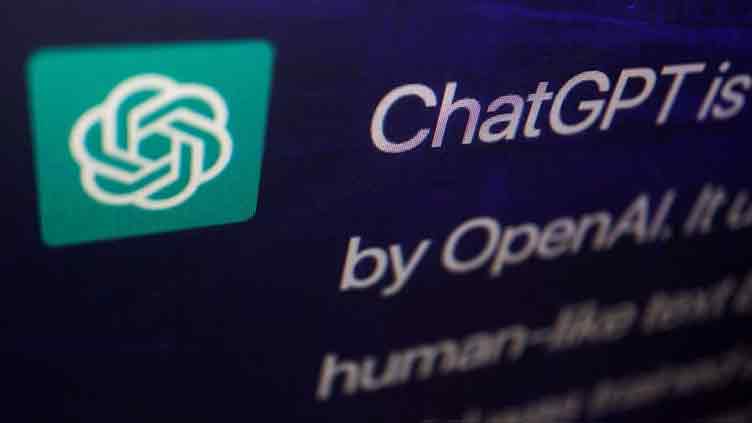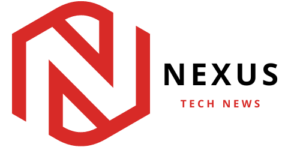Microsoft (MSFT.O) and Google (GOOGL.O) are rushing to develop products using technology they hope will transform the nature of work as a result of the public’s fascination with generative artificial intelligence this year.

This is all the information you need about this technology.
WHAT IS EVOLUTIONARY AI?
Similar to other kinds of artificial intelligence, generative AI learns from prior data how to operate. On the basis of this training, it generates brand-new material – a word, a picture, or even computer code – as opposed to just classifying or recognizing data like conventional AI.
The most well-known implementation of generative AI is ChatGPT, a chatbot published by Microsoft-backed OpenAI late last year. The artificial intelligence that drives it is known as a big language model since it accepts a text prompt and generates a human-like answer.
GPT-4, a model introduced by OpenAI this week, is “multimodal” since it can sense both text and visuals. On Tuesday, the head of OpenAI demonstrated how it could take a photograph of a hand-drawn mock-up of a website he intended to create and make a genuine one.
WHAT DOES IT SERVE?
Apart from demonstrations, corporations have already implemented generative AI.
The technique is useful for writing a first draft of marketing text, however, it may require editing because it is not flawless. CarMax Inc. (KMX.N), for example, has employed a version of OpenAI’s technology to summarize hundreds of user evaluations and assist consumers in selecting a pre-owned vehicle.
Similarly, generative AI may take notes during a virtual meeting. It is capable of composing and personalizing emails and creating slide presentations. Last week, both Microsoft Corporation and Alphabet Inc’s Google displayed similar functionalities in product launches.
WHAT’S WRONG WITH THAT?
Nothing, however, there are concerns about the potential for technical misuse.
Educational systems are concerned about students submitting essays written by artificial intelligence, which undermines the effort necessary for kids to study. Cybersecurity experts have also raised worry that generative AI might enable bad actors, including governments, to manufacture far more misinformation than in the past.
In addition, the technology itself is susceptible to error. Companies have sought to test the technology before making it broadly available due to AI’s self-assured assertions of factual mistakes, known as “hallucinations,” and reactions that look unpredictable, such as expressing love to a user.
IS THIS ONLY CONCERNING GOOGLE AND MICROSOFT?
These two businesses are at the vanguard of research and investment in huge language models, as well as the largest to incorporate generative AI into widely used applications such as Gmail and Microsoft Word. They are not alone, though.
Big corporations such as Salesforce Corp (CRM.N) and smaller firms such as Adept AI Labs are either developing their own rival AI or packaging technology from others to provide customers with new software-based capabilities.
HOW does Elon Musk fit in?
Along with Sam Altman, he was one of the founders of OpenAI. The billionaire quit the startup’s board in 2018 to prevent a conflict of interest between OpenAI’s work and the artificial intelligence research being conducted by Telsa Corp (TSLA.O), the electric car manufacturer he heads.
Musk has voiced concern about the future of artificial intelligence and advocated for a regulatory body to ensure the technology’s development serves the public interest.
“This is a really hazardous technology. I fear that I may have contributed to its acceleration “This month, he stated at the conclusion of Tesla Inc’s (TSLA.O) Investor Day event.
“Tesla is doing fantastic work in artificial intelligence, but I’m stumped on what else to say about it.
